What Is The Difference Between Cisco Nexus and Catalyst Switches
Table of content
When designing a network, the most important thing is to consider a network that can tackle your unique needs in the best way. Plus, it is crucial to have grounded information about a diversity of knowledge to choose a perfect fit for your network. For example, you might get confused in choosing Cisco Nexus and Catalyst switches. Hence, we came up with this informative blog to let you dive deep into ‘What is the difference between Cisco Nexus switches and Cisco catalyst switches?’ We went through a lot of sources to collect key information and insights into both these types of switches to give you a complete picture. Thus, put on your reading glasses and explore Cisco Nexus vs Catalyst Switches.
Cisco Catalyst Switches and Their Features:
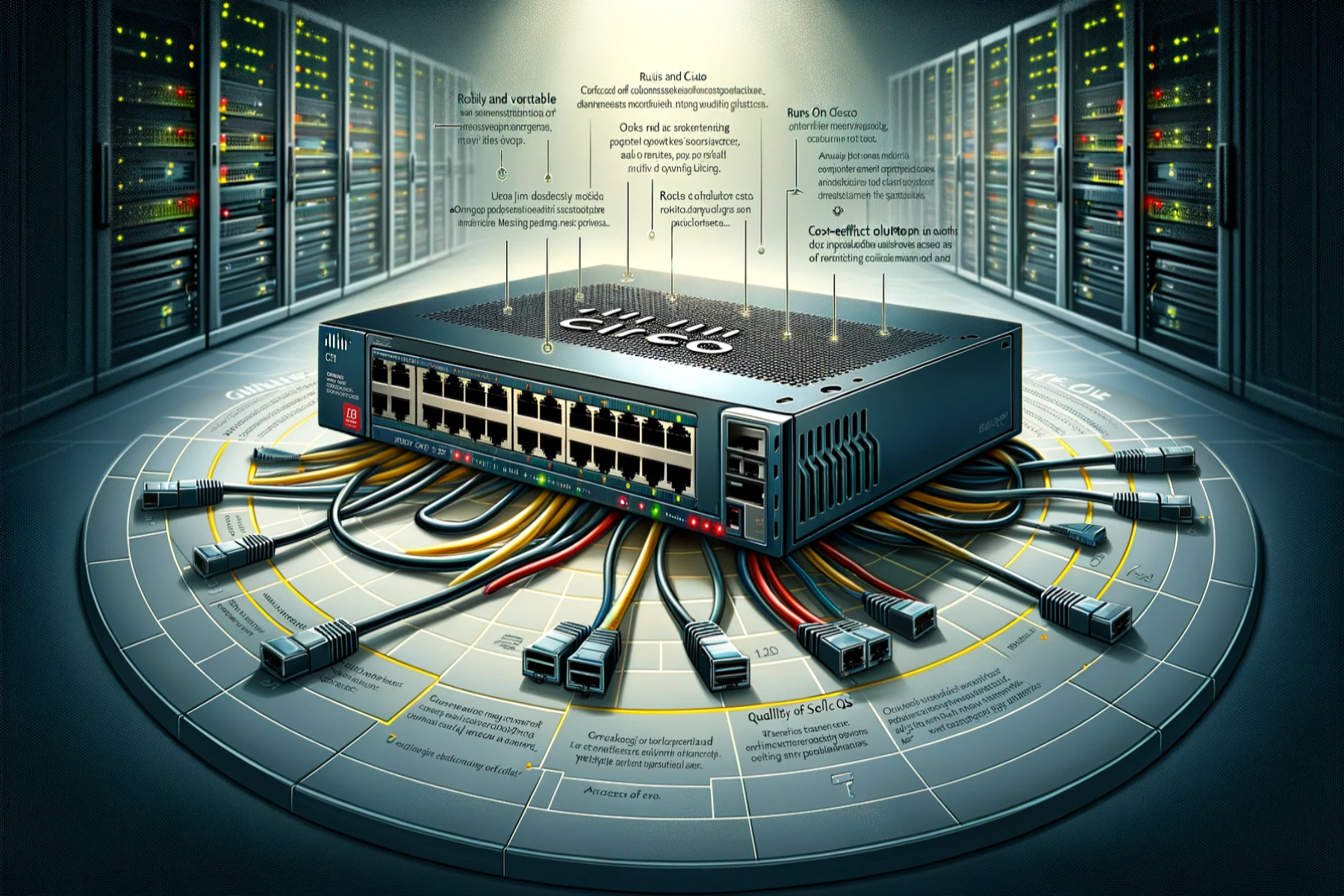
Cisco Catalyst switches are a reliable and robust solution for traditional network environments. These switches act like a bridge in modern networks that connect different devices smoothly and seamlessly. Catalyst switches are an endeavor of CISCO and ensure that information travels within and between LANs quickly and smoothly. These switches are famous for because they handle traffic among devices very well. These switches operate at the data connection layer and guarantee a dependable and fast information transfer.
Features and Benefits:
Flexibility and Versatility:
Cisco Switch Catalyst are manageable in different deployment situations as they possess a diversity of models and configurations.
Advanced Layer 2 and Layer 3 Feature:
They provide comprehensive layer 2 and layer 3 functionalities, such as including VLANs, STP, Ether Channel, and dynamic routing protocols. Such features ensure effective traffic management and boost network performance.
Considerable Security Capabilities:
Catalyst switches have advanced security features, including Access Control Lists (ACLs), Port Security, and DHCP Snooping. These features protect and safeguard your network and data from unauthorized parties.
Simplified Network Management:
Famous for graphical user interfaces (GUI) and command-line interfaces (CLI), Catalyst switches are simpler in configuration, monitoring, and troubleshooting activities.
Cisco Nexus Switches and Their Features:
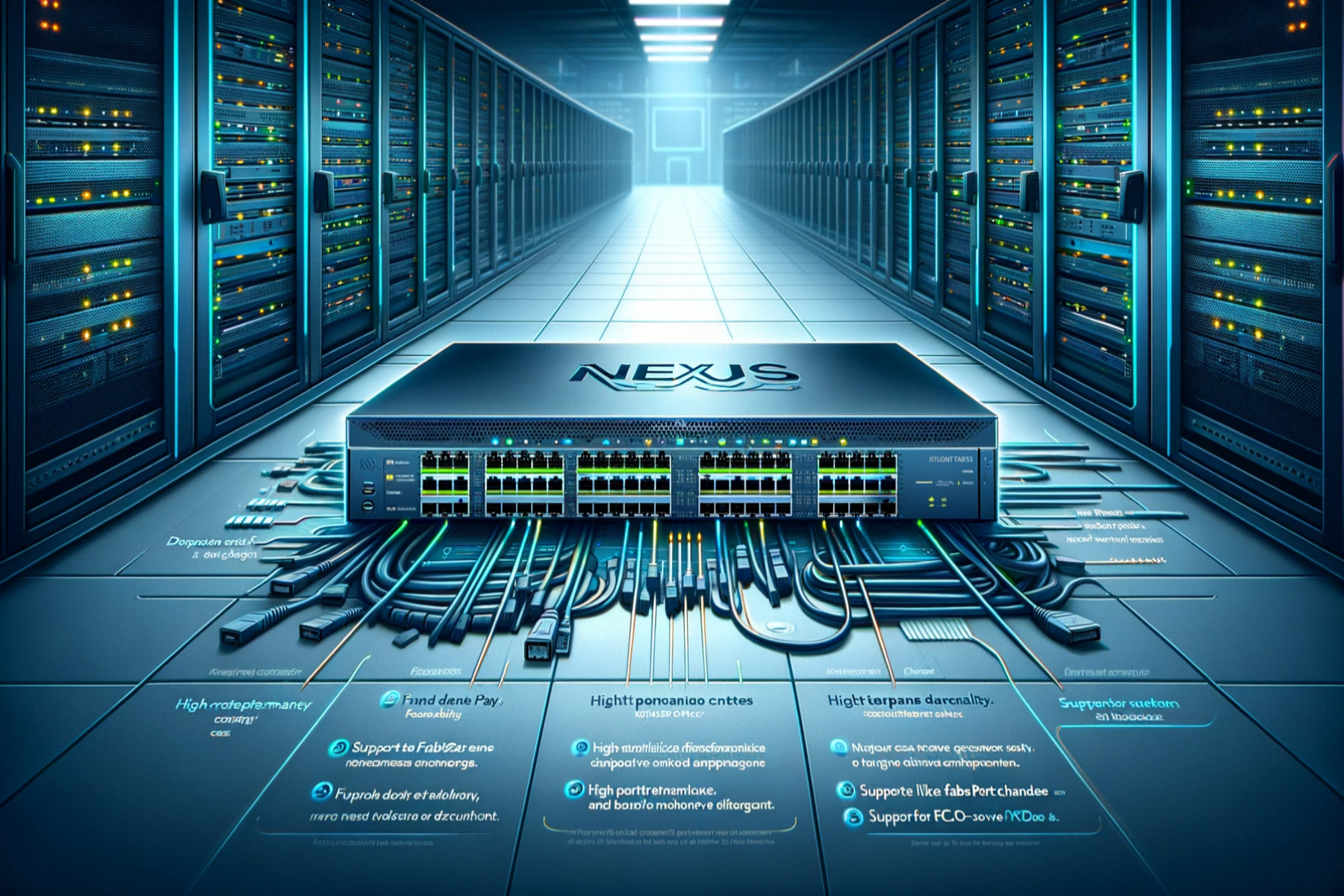
Cisco Nexus switches were introduced in 2008 and were designed specifically for data center environments. These switches address the demanding requirements of modern virtualized networking infrastructures. They are highly appreciated for their scalability and performance both in high-performance data centers and virtualization environment. Besides, low latency, high bandwidth, advanced virtualization support are the features that make Nexus Switches a second-to-none network solution in the industry.
BRS recommends: N9K-C93180YC-FX , N9K-C93360YC-FX2 , N9K-C93240YC-FX2
Features and Benefits:
High Performance and Scalability:
Nexus switches can handle high-level data volumes and bandwidth demands of data center networks. These switches provide high-speed connectivity like 10G, 40G, 100G, and even up to 800G interfaces, along with smooth and secure data transfer.
Virtualization-Ready:
Nexus switches offer virtualization technologies, including VMware, Hyper-V, and KVM. Additionally, they have features such as virtual Port Channels (vPC), Virtual Extensible LAN (VXLAN), and Fabric Extender (FEX). These features play a crucial role in in enhancing networking virtualization and VM (Virtual Machine) mobility.
Enhanced Network Visibility:
Cisco Nexus switches offer efficient visibility into network traffic flows, enabling deep monitoring. This visibility enables administrators to recognize and resolve network bottlenecks, enhancing performance and maintaining reliable service delivery.
Unified Fabric:
Nexus switches are comfortable with unified fabric, consolidating data, storage, and management traffic onto a single network infrastructure. This convergence results in a comprehensive network infrastructure, helps save money, and enhances overall performance.
Cisco Nexus vs Catalyst Switches: A Quick Comparison
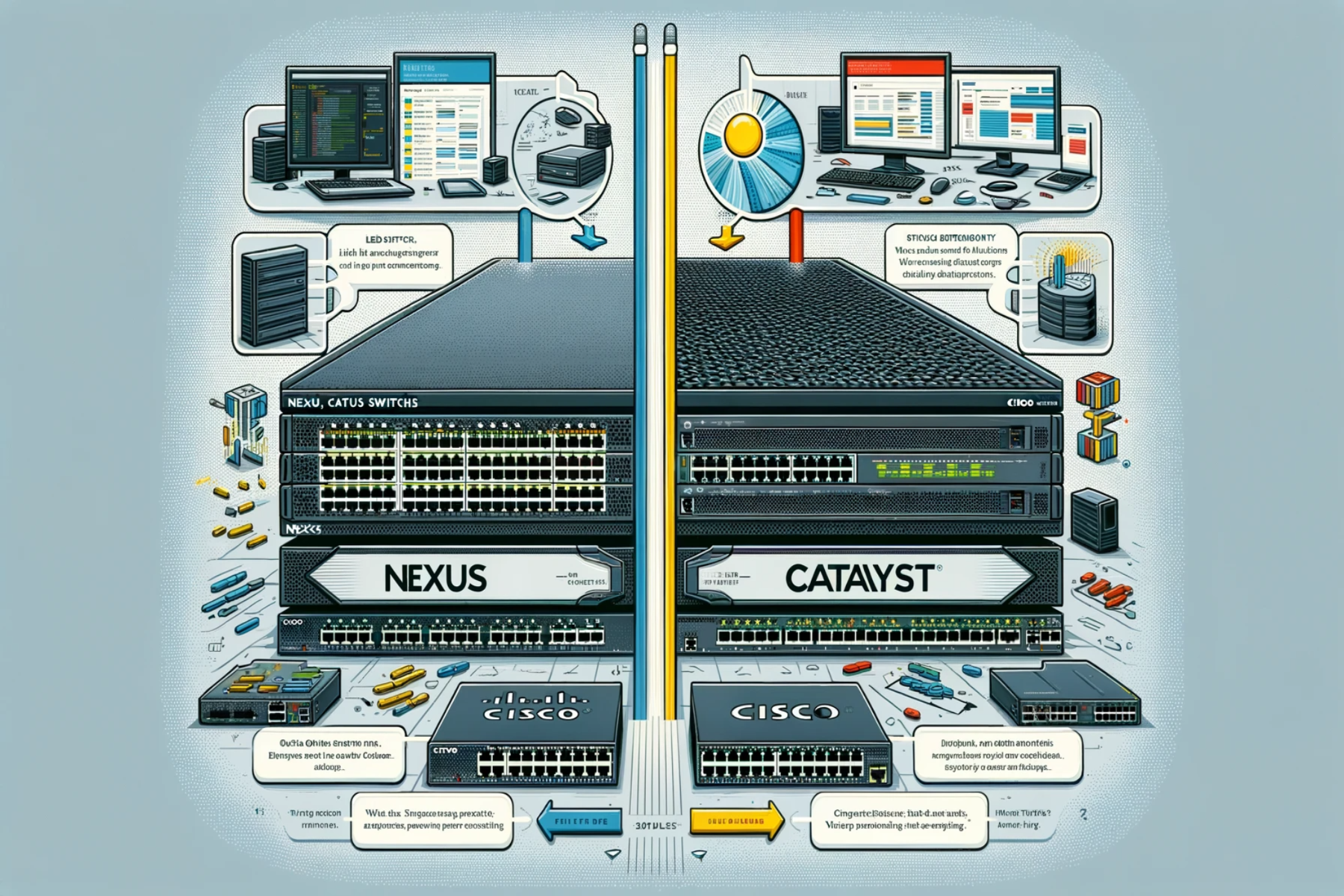
Whether to choose a Cisco Catalyst switch or a Nexus switch depends on your network’s needs and requirements. However, we are going to have a quick and precise comparison between Cisco Nexus and Catalyst switches to let you make the wisest decision:
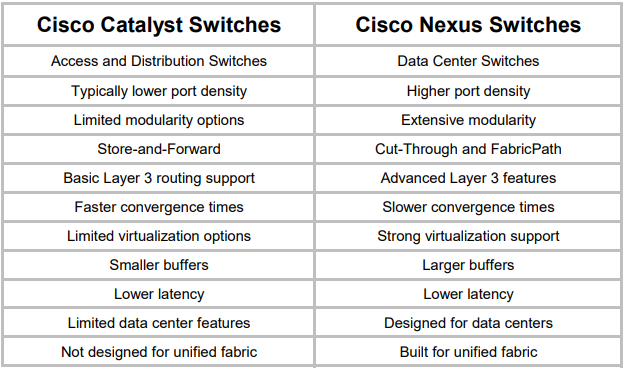
Where To Use Cisco Nexus and Catalyst Switches:
The answer is simple and intelligible: Cisco Nexus switches are mostly suggested for data centers, virtualization, and high-performance computing, while Catalyst switches are recommended for small to mid-sized businesses as well as other enterprise networks.
Conclusion:
For enhanced performance and optimal connectivity, it is very important to choose the right network switch & cisco switches. We have given you a roadmap to choose Cisco Nexus vs Catalyst Switch to make the best out of your networking infrastructure. Now, we suggest you to keep visiting Buyrouterswitch for any updates, queries, or guidelines.




 Catalog
Catalog

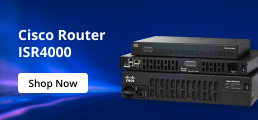



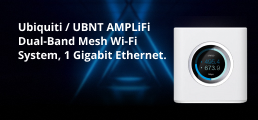


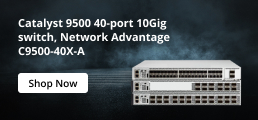


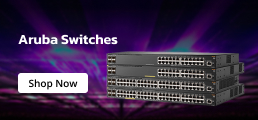

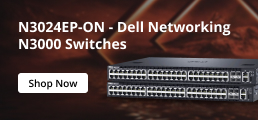

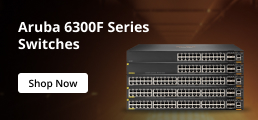
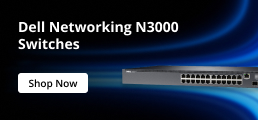




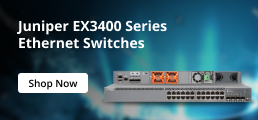






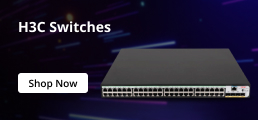


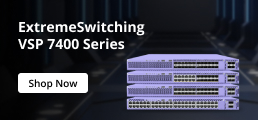


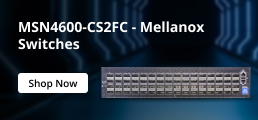









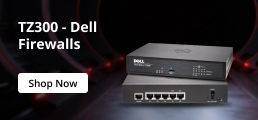



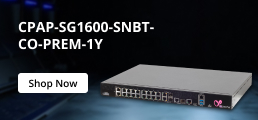
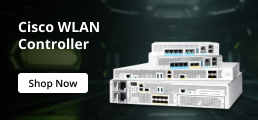
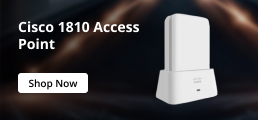








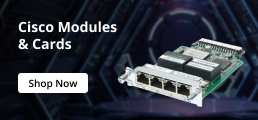
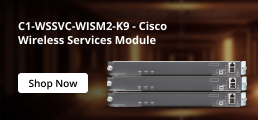




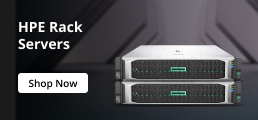





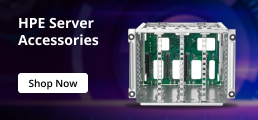
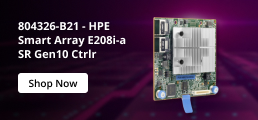

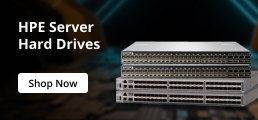
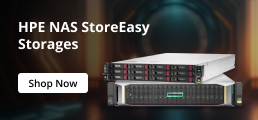
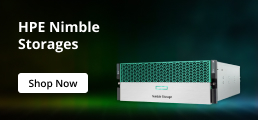
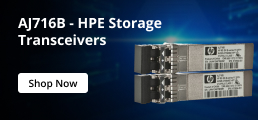



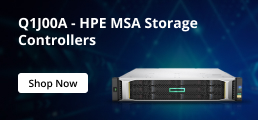
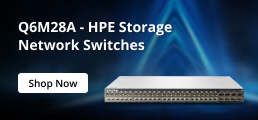

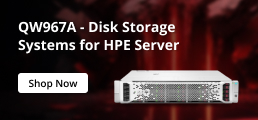
























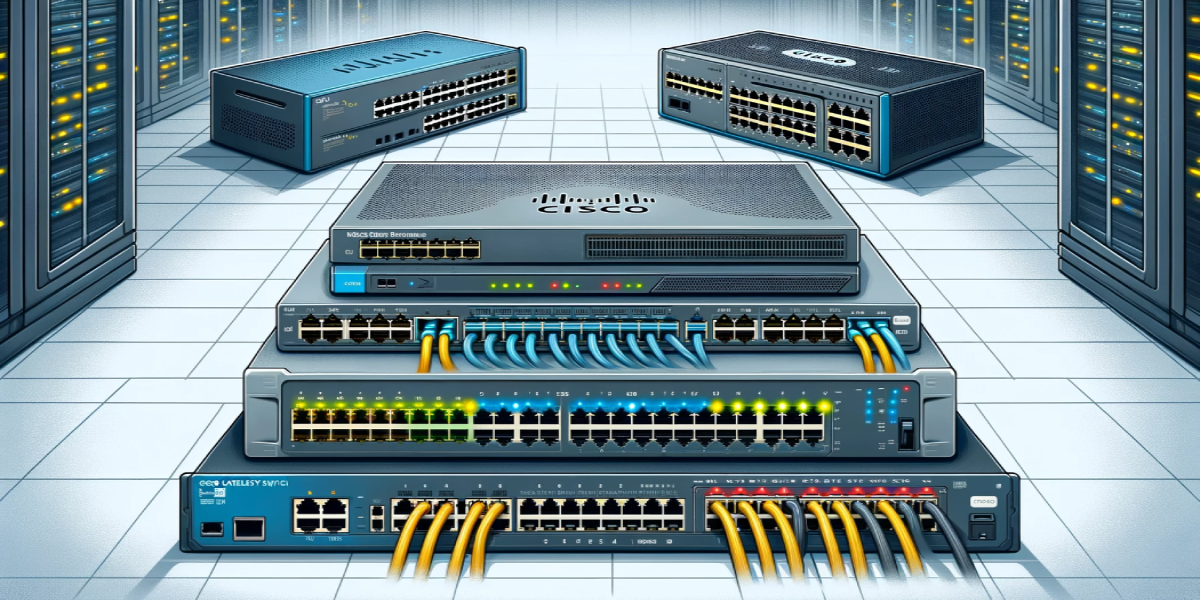
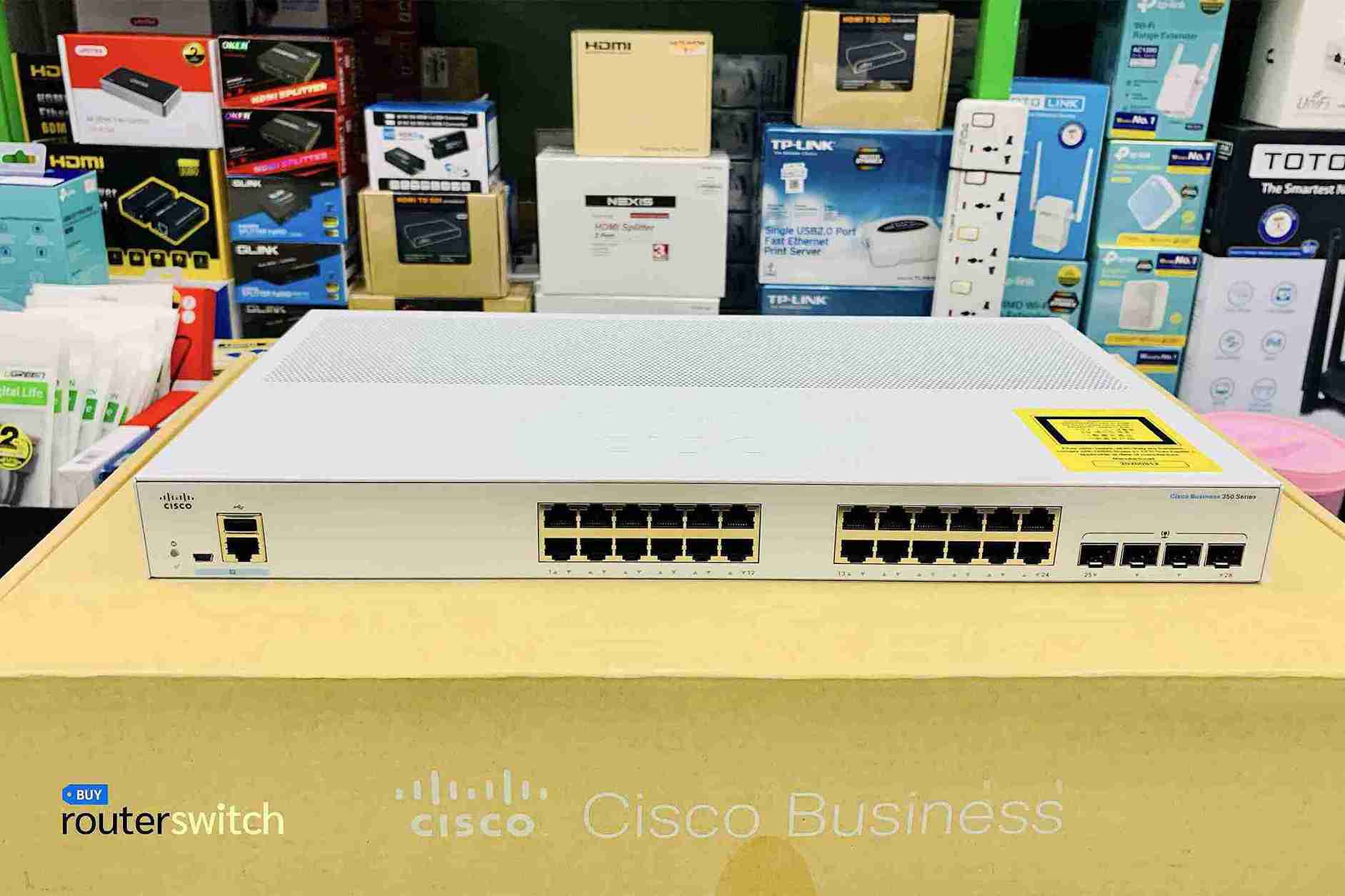
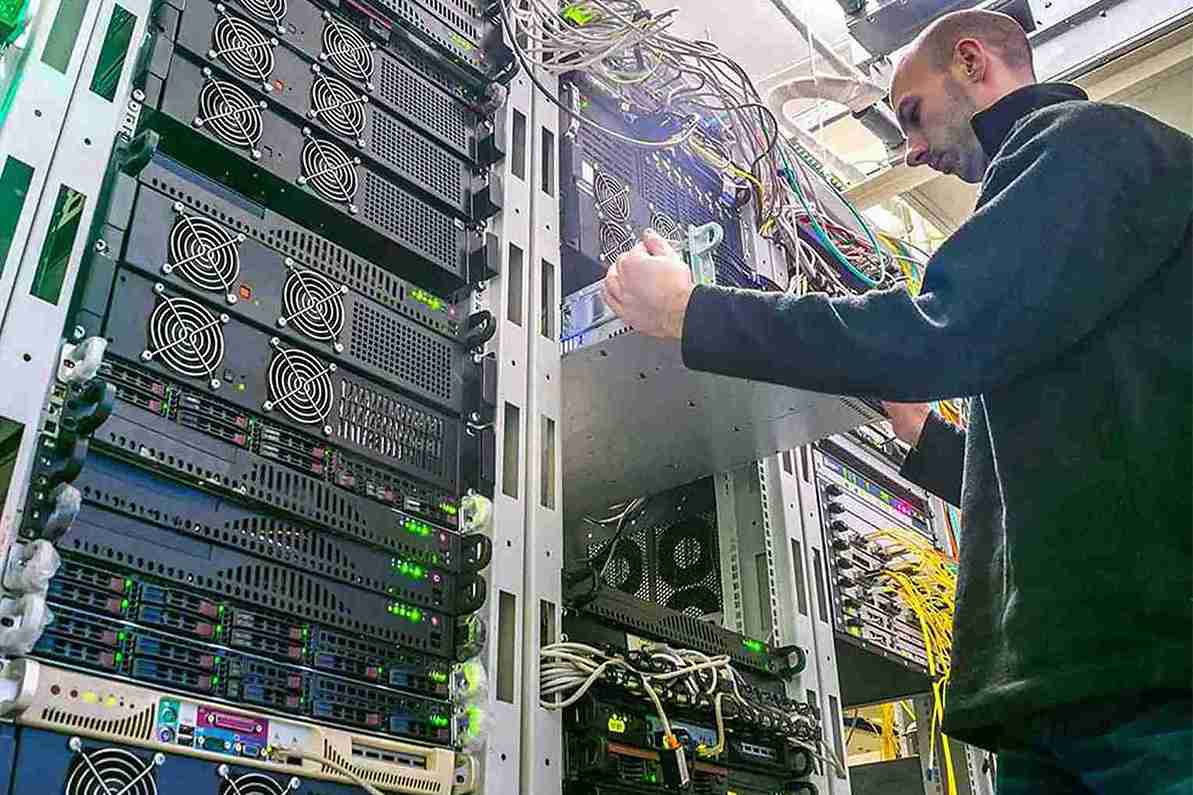
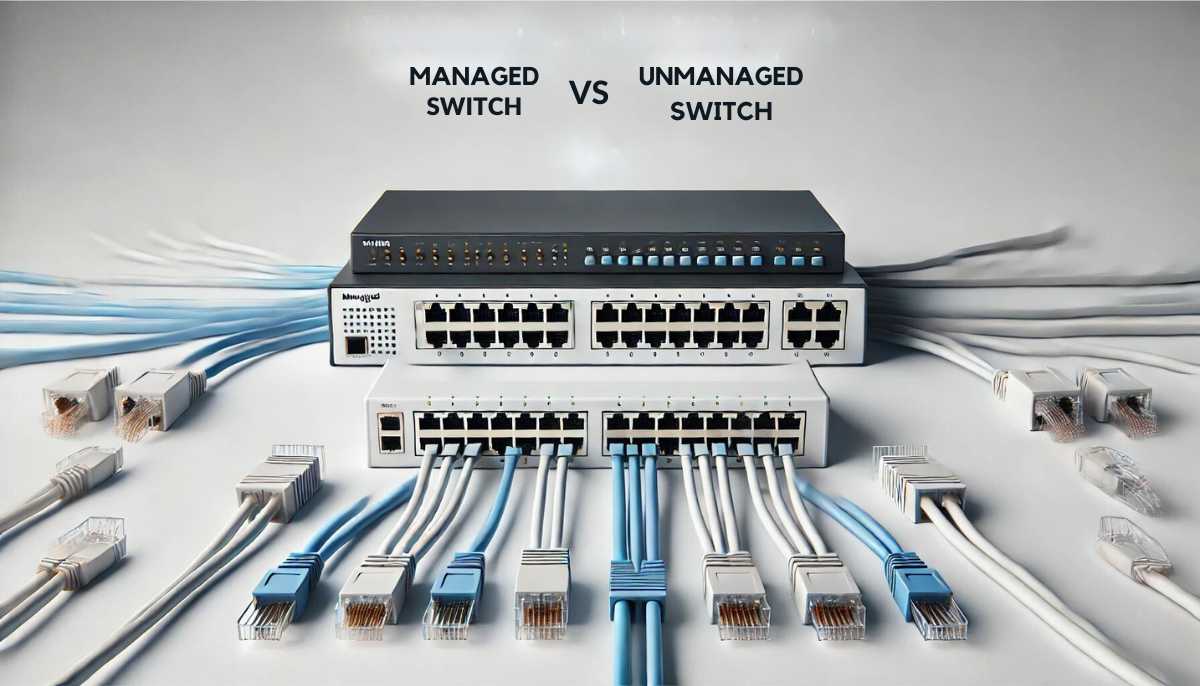




 (800) 870-9487
(800) 870-9487